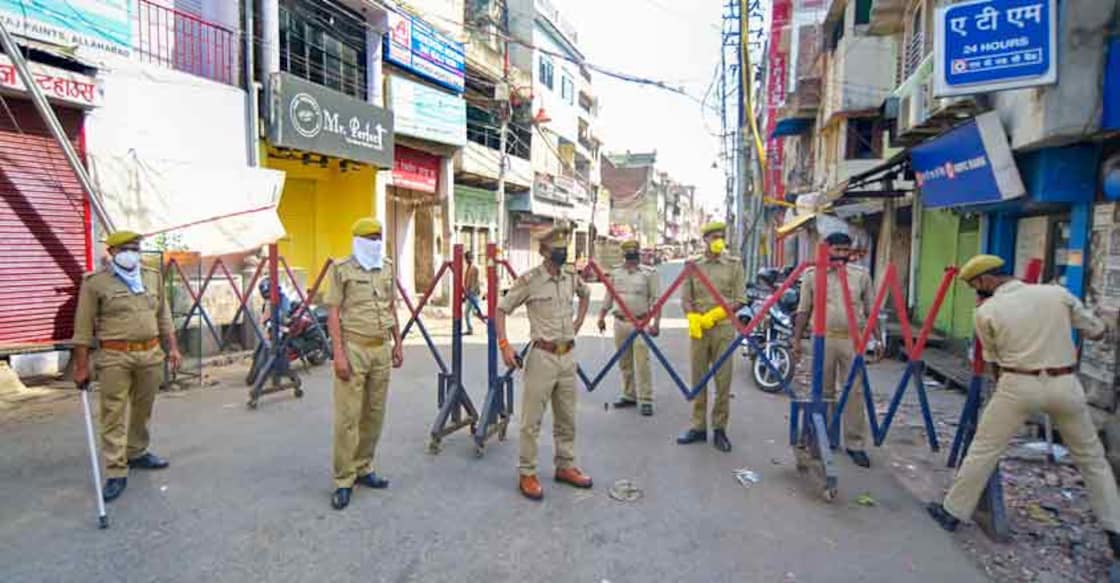Explained: Tablighi Jamaat's history, organisational structure and functioning

Mail This Article
Islamic religious outfit Tablighi Jamaat (TJ) has earned plenty of bad publicity after the recent spike in COVID-19 cases in India. This explainer will help you understand the history, organisational structure and functioning of the organisation.
What is Tablighi Jamaat (TJ)?
It is a Sunni Islamic missionary movement engaged in spreading the religion. The name Tablighi Jamaat means 'outreach society to spread the faith'.
When was TJ formed? How big is the organisation?
It was formed by Deobandi Islamic scholar Maulana Muhammad Ilyas Khandhalawi in 1927 in Mewat. In just two decades, the organisation grew bigger and established units in many parts of north India. At present, it has 150-250 million members. It has good presence in Kerala too.
In Pakistan, TJ is headquartered in Raiwing in Lahore. The Pakistan chapter was formed after the partition of India. Bangladesh chapter is headquartered in Tongi. TJ has good presence in the United States, United Kingdom, Indonesia, Malaysia and Singapore.
What is Deobandi movement?
Deobandi is a Sunni revivalist movement formed around Darul Uloom Islamic seminary in Uttar Pradesh's Deoband town. It was formed to oppose British colonialism, which the scholars thought, was corrupting Islam.
What is the organisational structure of TJ?

TJ does not have a defined organisational structure. But it has a hierarchic network of elders. The head of the congregation was known as Ameer. The post was abolished after the death Maulana Inamul Hasan Kandhlawi, who headed the organisation from 1965 to 1995. Now, an international advisory council (Alami Shura) charts out the organisation's plans.
What are the basic tenets of TJ?
Kalimah (declaration of faith), Salat (five-time prayers), Ilm-o-Zikr (knowledge), Ikraam-e-Muslim (Respect of Muslim), Ikhlas-e-Niyyat (Sincerity of intention) and Tafrigh-i-Waqt (sparing time). TJ members work only among Muslims and teach them the life practised by Prophet Muhammad.
Is the organisation hit by factionalism?
Yes, the outfit has been hit by factionalism since the death of Zubair ul Hasan Kandhlawi, grandson of Maulana Muhammad Zakariyya al-Kandhlawi. Now TJ has three prominent factions (or camps), one each in India, Pakistan and Bangladesh.
What is Markaz Nizamuddin, where the prayer meeting was held recently?
It is the India headquarters of TJ. Markaz means centre. It is headed by Maulana Saad Kandhalwi, great-grandson of Maulana Muhammad Ilyas. TJ workers, who pass through Delhi before and after their preaching tours, visit the headquarters so often. These visits are scheduled well in advance. Markaz functions like a hostel and can accommodate more than 8,000 people at any given point of time. Workers take part in instructional activities while they are at the Markaz.
How does a congregation function?
At the congregation, various small groups of preachers are constituted. A senior member is anointed the leader of the group. These groups visit designated destinations through mosques to spread Islamic practices among Muslims.

